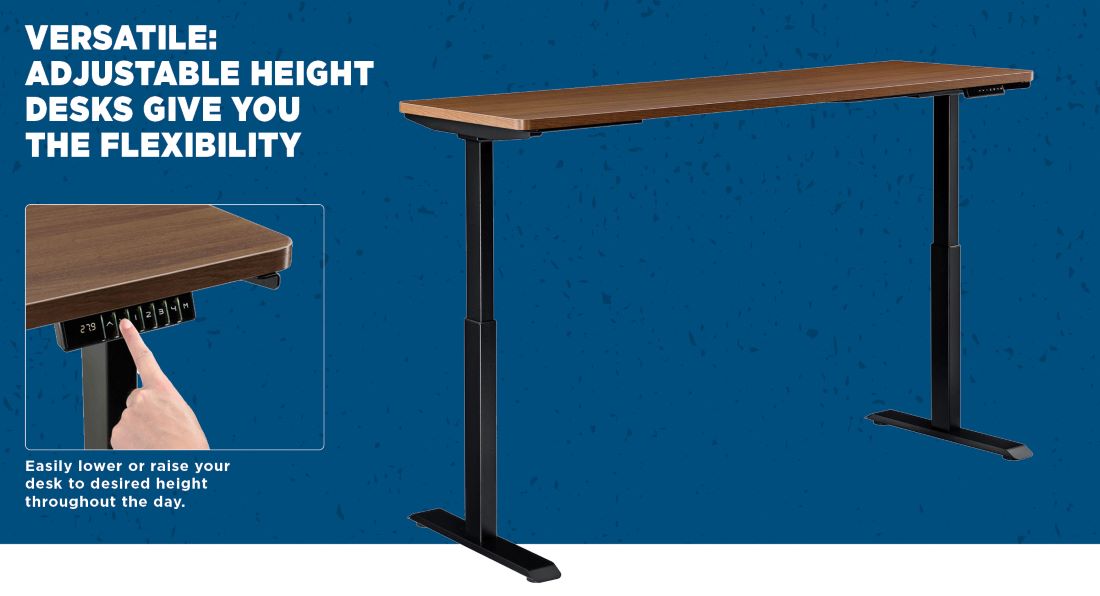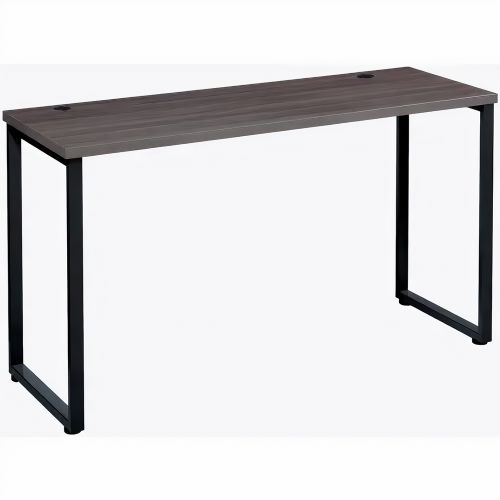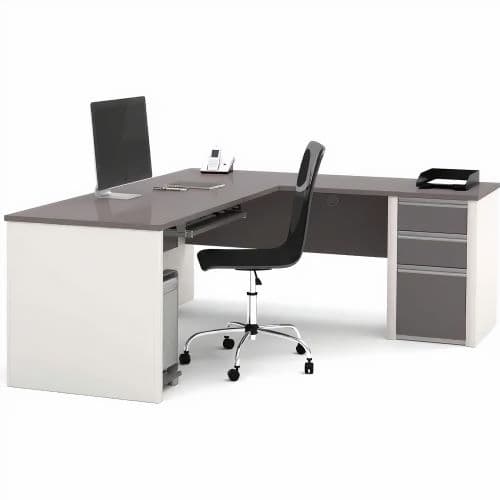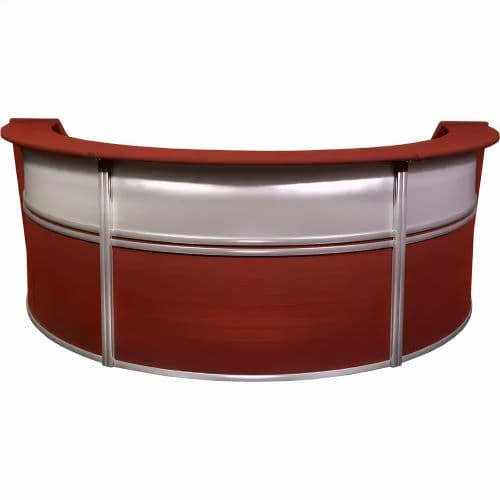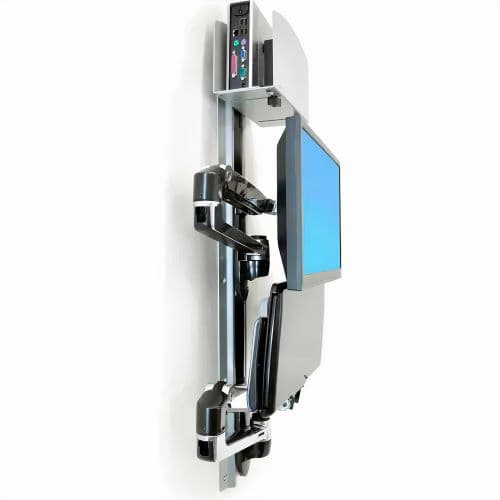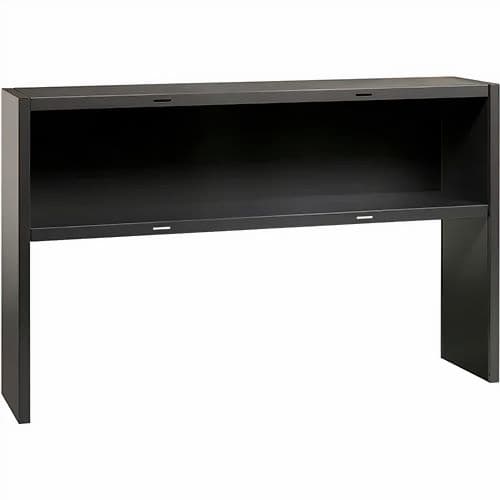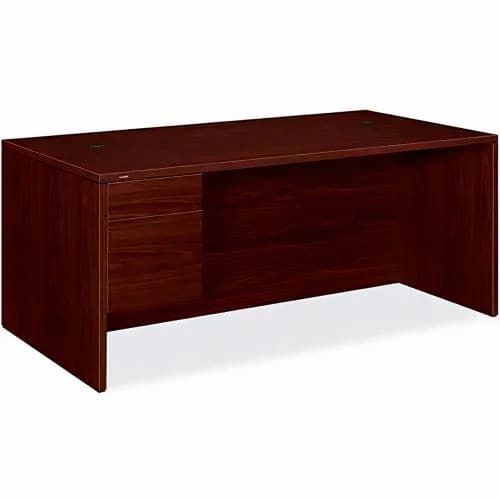Making Workspaces Work Better: Your Desk Buying Guide.
Desks are one of those “must-have” items in almost every office, school, IT department, and many other workplaces and environments. The desks you choose can have a positive or negative impact on employee/student morale, and there may also be health implications that must be taken into account for some employees, especially if they’re spending long hours at that desk.
Perhaps the key reason desks have become such a hot-button issue in the last decade is how workplace activity has changed so drastically for the average American. It’s estimated that over 80% of the US workforce is now working in a sedentary job[1], with most sitting in front of a computer for the bulk of the day. And when you consider the 40-hour workweek is often exceeded, that’s an awful lot of time going nowhere. That puts employees who are sitting all day at a much higher risk of a series of health issues[2], including:
- Obesity
- High blood pressure (hypertension)
- Lower back pain
- High blood sugar
- High cholesterol
- Cardiovascular disease
It’s these changes in workplace behaviors, coupled with the advances in technology (desks built to accommodate desktop computers and laptops) and a greater understanding of ergonomics, that has led to significant changes in the way desks are built. So, let’s start with the most pressing question everyone seems to bring up on this topic:
Is Standing Better than Sitting?
That’s not a simple yes or no answer. While there are definitely some health benefits[3] to a standing desk, there are also some benefits to sitting down, too. The pros of a standing desk include:
- A 20% increase in burned calories (compared to sitting)
- Reduced strain on the lower back, and better posture
- Increased muscular activity
- Greater alertness (employees can fall asleep at sitting desks due to mental fatigue)
However, there are also a few drawbacks to a standing desk. They include:
- Greater pressure in knee cartilage, hips, and feet
- Increases the risk of carpal tunnel syndrome
- More energy is needed, placing a greater strain on the circulatory system
- Decreased privacy working alongside sitting employees
It’s basically a choice that both you and your employees (or students) need to figure out together. Some people, especially younger staff, may much prefer the standing desk. Older staff or those with certain medical conditions may find sitting a much better option. Some may like a hybrid of the two, which requires a convertible/height-adjustable desk. And it’s the height-adjustable desks that are not just a trend now, but for the foreseeable future, too.
Any facility manager looking to “future proof” their office environments, while taking care of current employees, need to invest in these more versatile desks. Remember, they can go from sitting to standing desks in seconds, and back again, meaning you really can please all of the people all of the time. In effect it’s like buying several desks in one, and that more than covers the initial outlay. What’s more, the height-adjustable option goes beyond the office, with workbenches and other more durable models being adopted by many other industries.
Other Options You Should Consider.
Whether you go with sitting, standing, or a hybrid solution, there are plenty of other factors to consider, and the kind of desk you buy will depend upon them.
Floor Space
What kind of environment is the desk going to be in? A factory floor? A school classroom? A typical corporate office? Each is going to put certain limitations on what is actually practical to buy.
Versatility
A cubicle farm is certainly not going to give you the same kind of freedom to choose a desk as the CEO’s corner office. Will you even be able to offer standing desks in your facility? That’s something you’ll need to plan ahead for.
Budget
Desk prices run the gamut, from a few hundred dollars to several thousand. If you’re looking for one desk for a specific use, you may have more wiggle room than if you’re outfitting an entire office floor. This will also have an impact on the materials the desks are made from. For example, MDF is going to cost way less than solid wood.
Longevity
How long is the desk going to be around? Do you see it being the centerpiece of a C-Suite office for many years to come? Are you in an environment that will expose the desk to a lot of punishment, especially if it’s in a manufacturing environment or school? Does your facility often go through interior design updates? These factors will impact materials and budget.
Storage
Does the desk need to be able to store a lot of files and office equipment? Perhaps tools or electronics, or a collection of books? Are you going to need drawers and a hutch, or do you simply want the most basic model without any storage options at all?
Usage
Is this going to be a desk that holds a laptop or desktop computer? There are specific designs to accommodate those. Will it be used by more than one person at a time? If it’s going to house a printer or scanner, an L-shaped desk is often a great solution.
Design
Where is this desk going? If it’s in a reception area you will want to make a great first impression. If it’s never going to be seen by anyone but the person using it, the design may not be as important.
What Kinds of Desks are Available?
Finally, let’s take a look at some of the kinds/types of desks you’re going to choose from, bearing in mind the factors above.
Sitting or Standing, We Can Help You With Your Next Move.
Whether you’re looking for one specific desk, or need to outfit an entire office floor, Global Industrial has a wide range of desks available for your business. Talk to our friendly experts today and we’ll get you sitting (or standing) comfortably.
[1] National Library of Medicine [Link]
[2] The Mayo Clinic [Link]
[3] UCLA Health [Link]
The information contained in this article is for informational, educational, and promotional purposes only and is based on information available as of the initial date of publication. It is the reader’s responsibility to ensure compliance with all applicable laws, rules, codes and regulations. If there is any question or doubt in regard to any element contained in this article, please consult a licensed professional. Under no circumstances will Global Industrial® be liable for any loss or damage caused by your reliance on this article.

